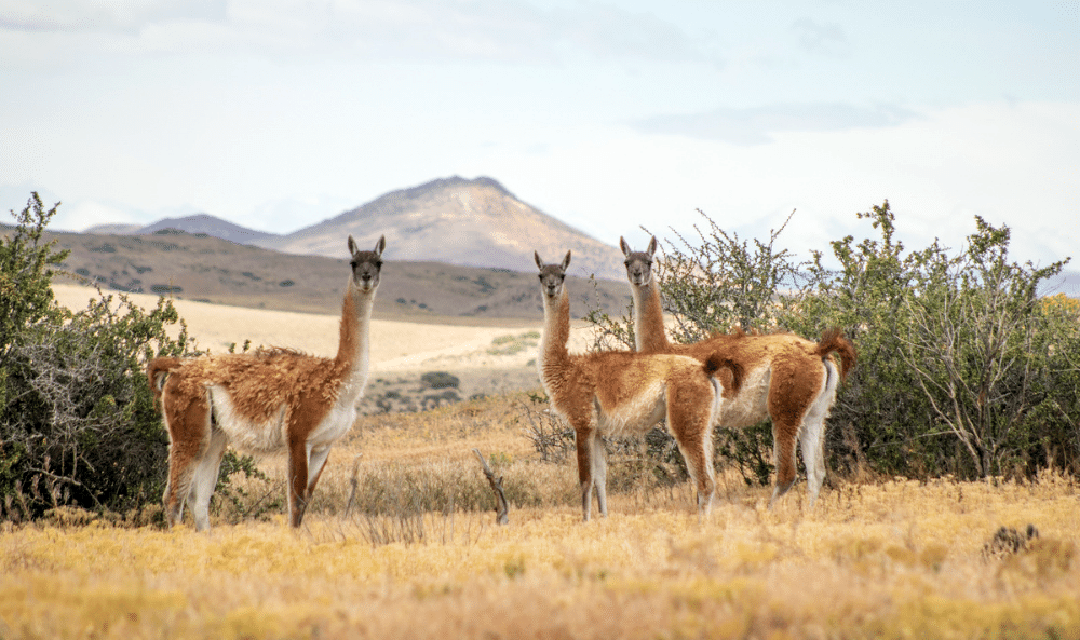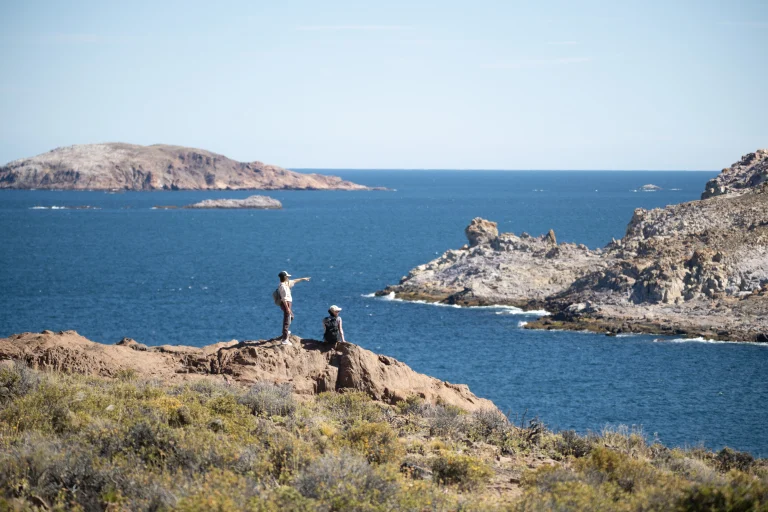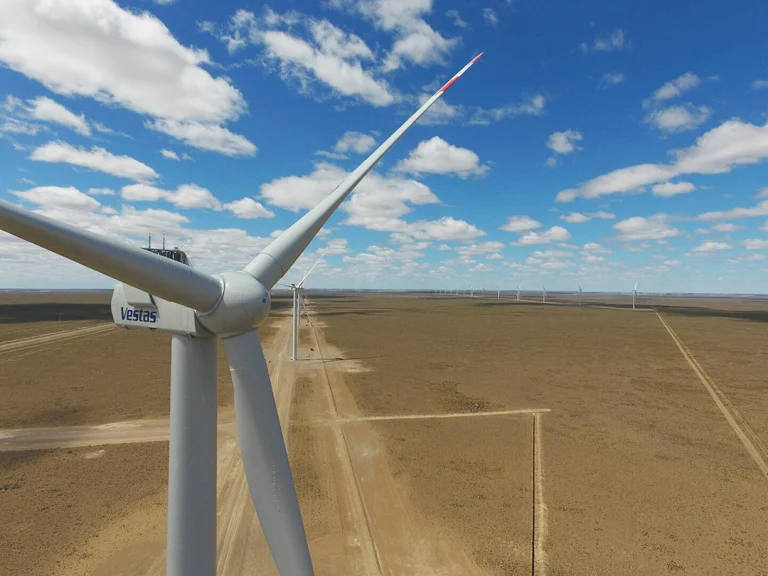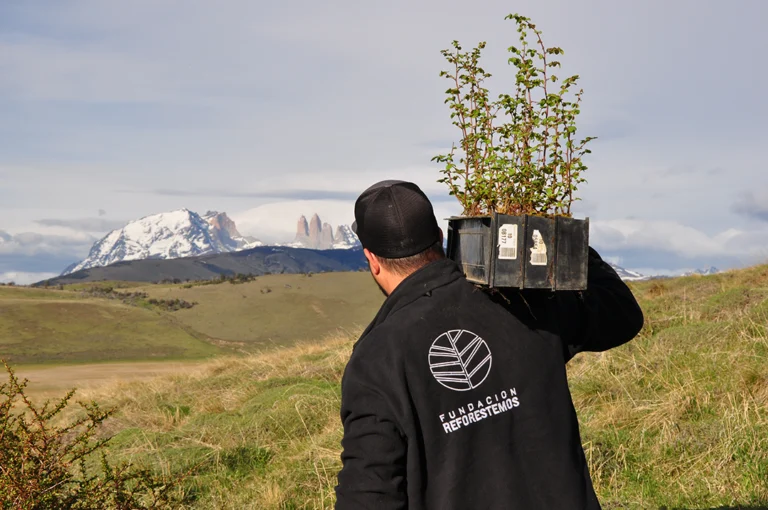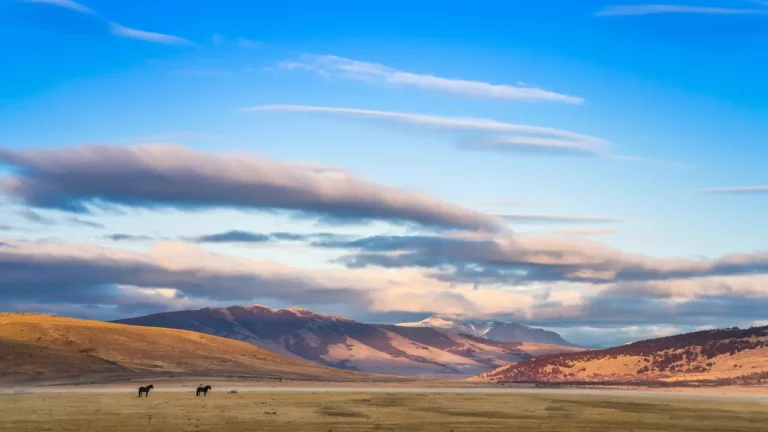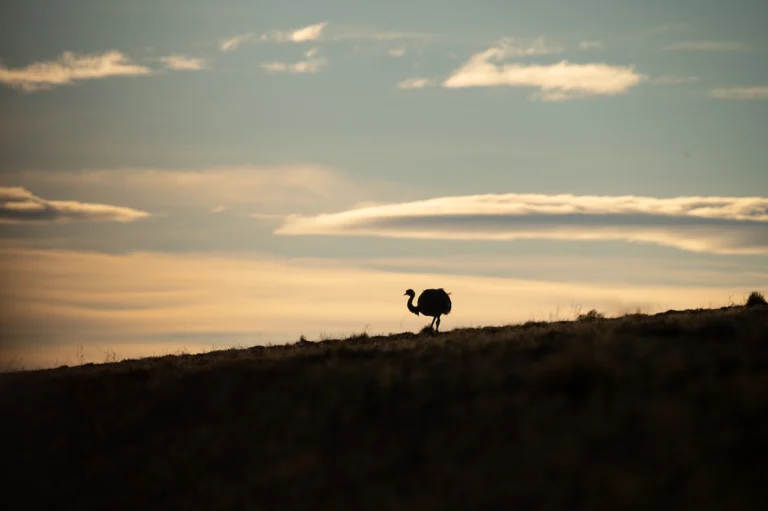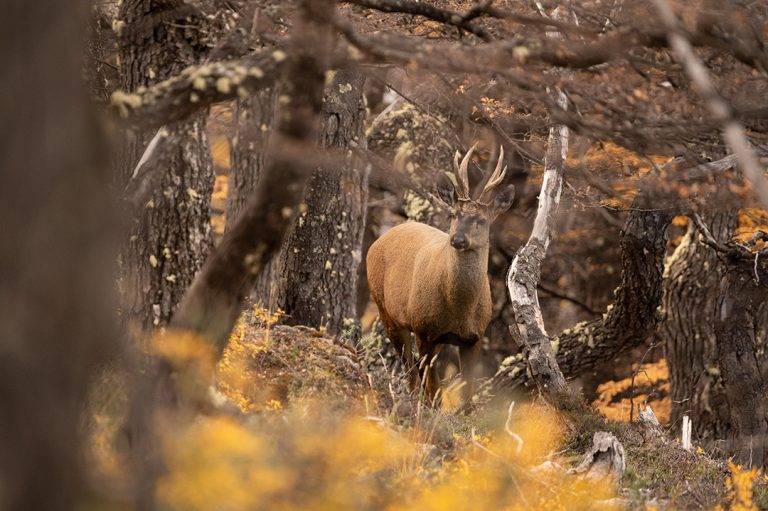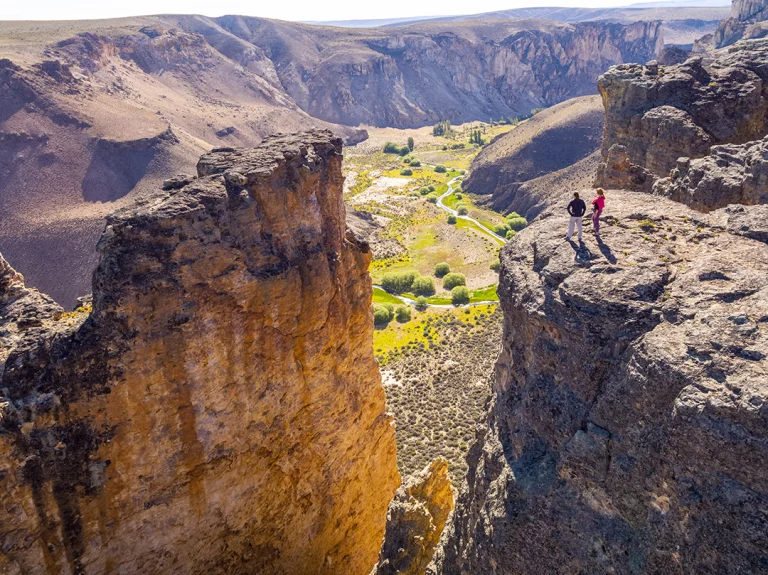Biodiversity in Patagonia is a unique ecological treasure: the great variety of environments in this region—from humid forests to arid steppes—provides the ideal habitat for an extraordinarily diverse mosaic of species.
However, these ecosystems were not exempt from extinction processes and population decline. Today, its native species, symbols of wild Patagonia, require the commitment of governments, communities, and scientists to recover and ensure the conservation of this natural heritage.
Biodiversity refers to the variety of plant and animal species living in a given space. In Patagonia, the great multiplicity of environments provides the ideal habitat for a remarkable diversity of animal species.
However, as a result of predation and human migrations, Patagonian ecosystems were not immune to extinction processes and population decline.
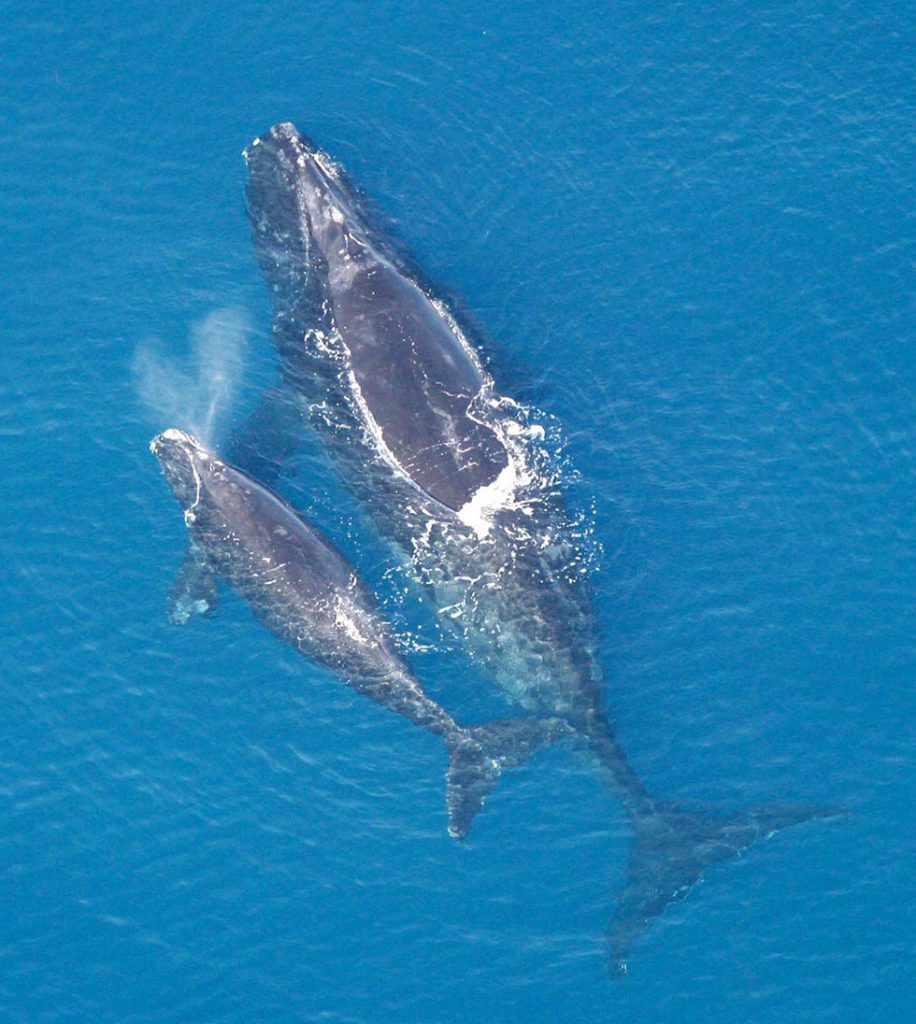
Protecting and restoring the splendor biodiversity in Patagonia
In the northwestern region of Santa Cruz, within the 52,811 hectares now protected by Patagonia National Park, wild species can freely move and migrate while maintaining isolated populations, enabling conservation work. Considered “an island on dry land,” the Lago Buenos Aires Plateau supplies the water needed for endless lagoons, springs, wetlands, and streams to flow, making the area a unique refuge for native flora and fauna.
In this pristine corner of Patagonia, you can spot a wide variety of species such as choiques (lesser rheas), guanacos, pichis (dwarf armadillos), pumas, orange chinchilla rats, foxes, and reptiles. It’s the ideal place for birdwatching: coots, condors, tinamous, black-chested buzzard-eagles, and aplomado falcons fly over the routes of this circuit. It’s also the nesting area (during spring and summer) for the endemic Hooded Grebe.
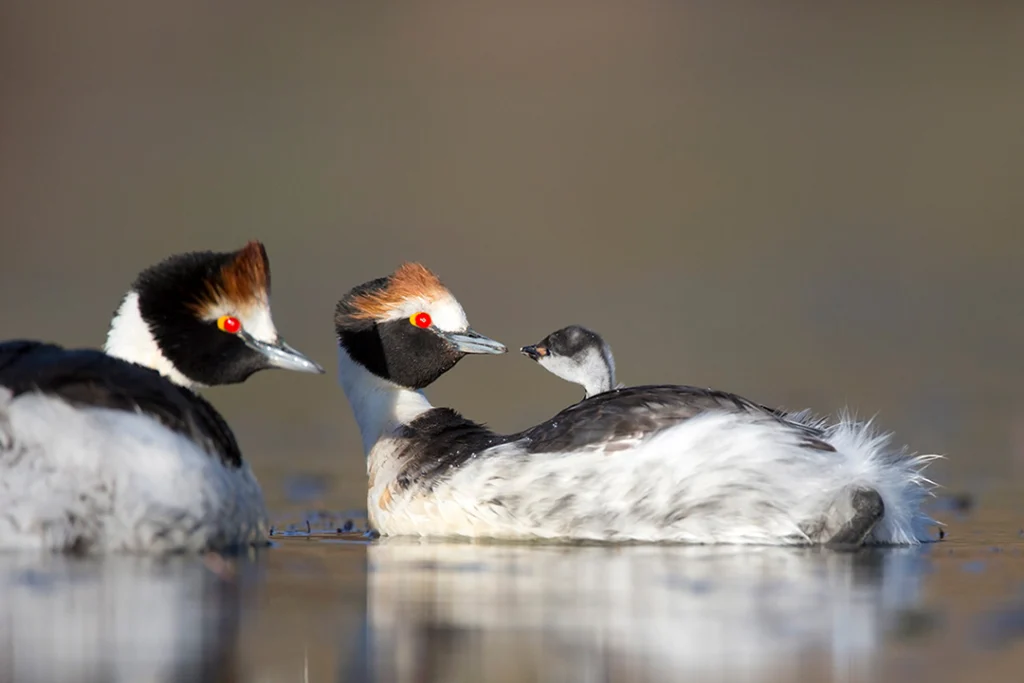
The creation of Patagonia National Park in 2014 was initially driven by conservation efforts for this small diving bird, exclusive to Santa Cruz province and categorized as “critically endangered.” After securing protection for the Hooded Grebe, scientists expanded their research to other species in the area, such as the little-known orange chinchilla rat, puma, guanaco, lesser rhea, and austral rail, among others.
In this ecosystem, the puma—as an apex predator—is crucial for ensuring the health and functioning of the Patagonian ecosystem by regulating herbivore populations (guanacos being its primary prey) and medium-sized carnivores. It’s also notable for its astonishing adaptability to varied environments.
During this time of year, temperatures begin to drop in Patagonia, and it’s common to see more guanacos along the roads. This is their seasonal migration period when they move to lower areas seeking better temperatures and, above all, food availability. The Patagonian steppe is one of the places where large populations of this species can be found.
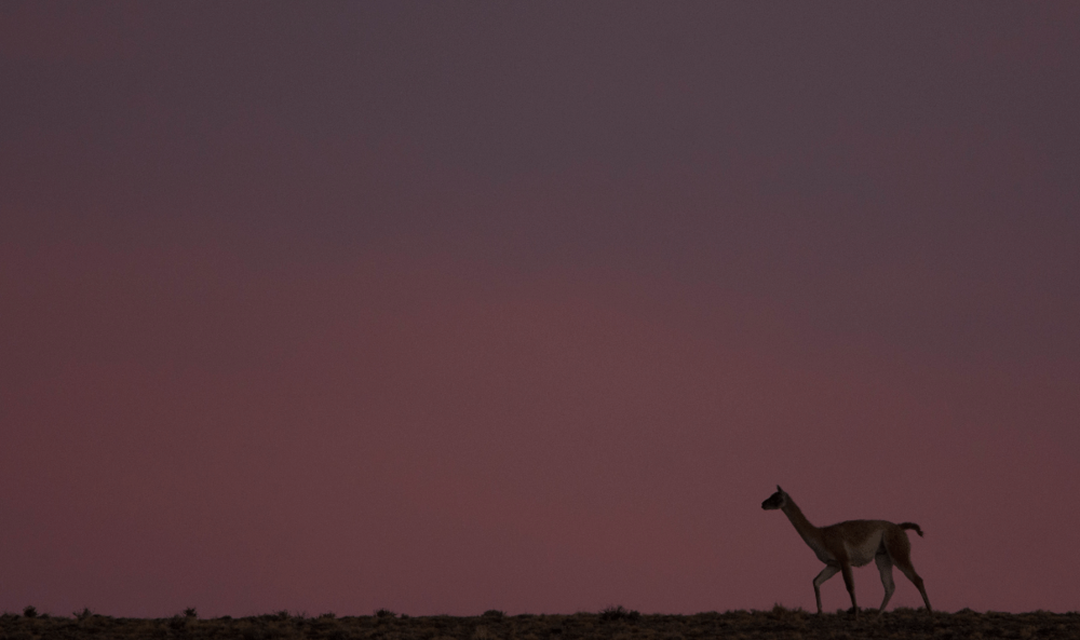
Another colorful sight in the northwest region appears as small orange dots among the canyons. Locally known as vizcacha or even squirrel, the orange chinchilla rat is a species that only inhabits a small sector of western Santa Cruz and adjacent areas of Chile. It typically lives in rocky mountain environments and cliffs of steppe canyons, feeding on the scarce small plants growing near its shelters.
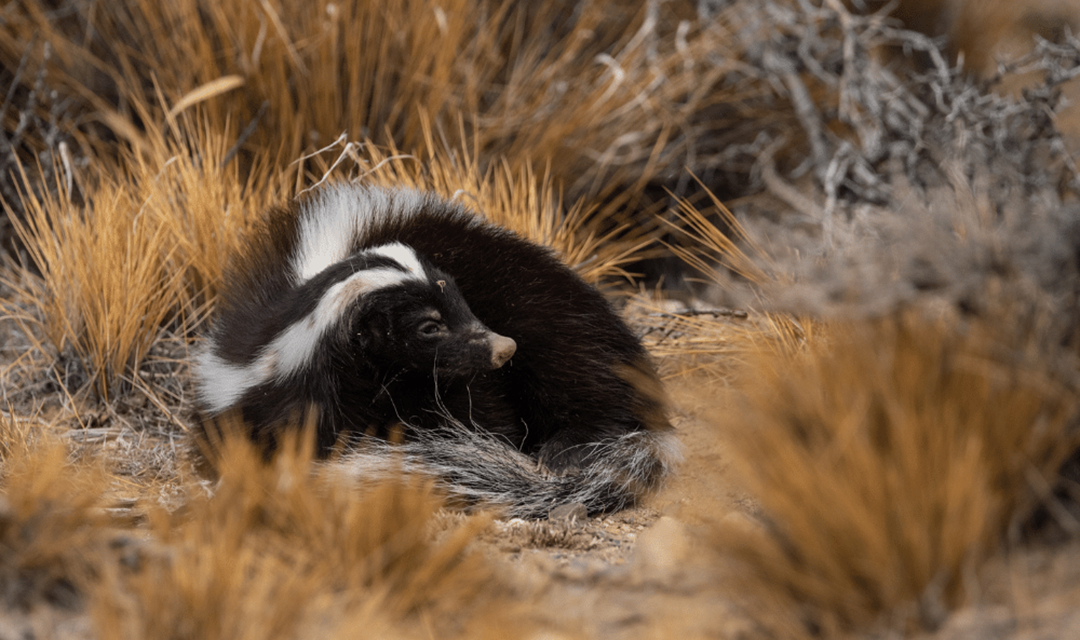
Although easily spotted in some parts of the Pinturas River Canyon, the orange chinchilla rat has seen its populations drastically decline, with connectivity between populations also disrupted. Other species like the coypu and austral rail have faced similar fates. As for the huemul (south Andean deer) and huillín (southern river otter), they’ve already disappeared regionally.
Why is Patagonia a biodiversity hotspot?
Located at the southern tip of America, Patagonia spans parts of Argentina and Chile, offering a variety of habitats ranging from temperate forests and arid steppes to glacial fjords and oceanic coasts. This geographic diversity allows for the existence of unique flora and fauna, many of them endemic.
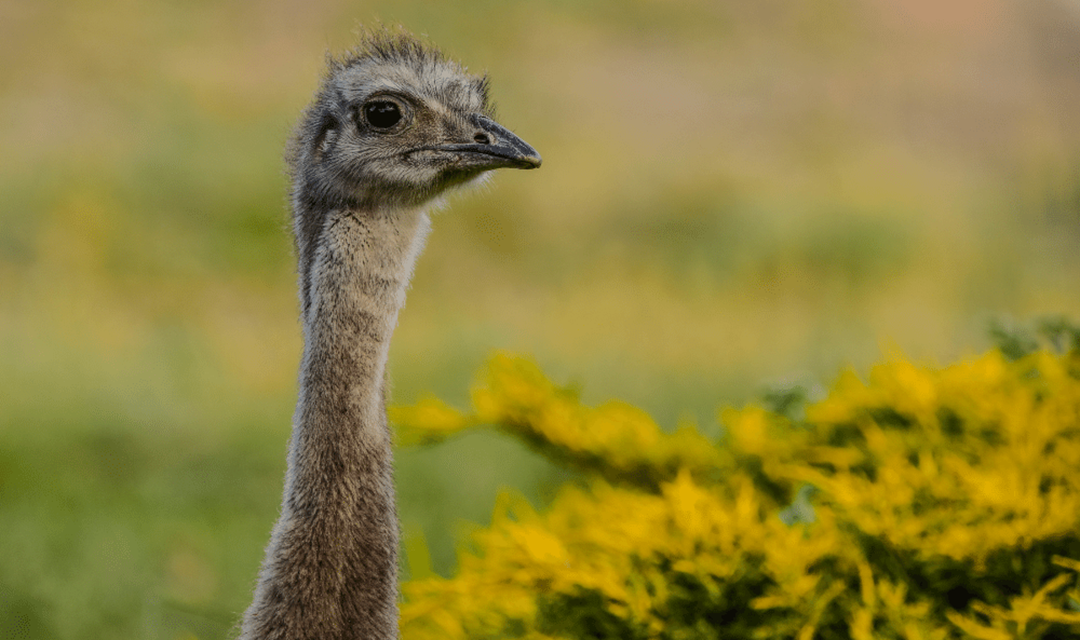
Patagonian Flora: Adaptation to a hostile climate
Patagonian vegetation has evolved to survive extreme conditions. Some notable species include:
- Coihue and lenga: Typical trees of subantarctic forests.
- Calafate: A shrub whose berries are a regional symbol.
- Steppe grasslands: Dominated by drought-resistant coirón grasses.
Patagonian flora is a marvel of evolution, shaped by millions of years of relentless winds, poor soils, and extreme temperatures. Every plant species in this region has developed unique strategies to survive and thrive in one of the planet’s harshest environments.
Among the most iconic trees are the coihue and lenga, pillars of the subantarctic forests that blanket the Andean slopes with dense, cold-resistant foliage. In forest clearings and edges, the calafate-a thorny shrub with yellow flowers and deep blue berries-is not only a regional symbol but also a vital food source for birds and mammals. Local legend says that anyone who tastes its berries will always return to Patagonia.
The steppe, meanwhile, is dominated by coirón grasses, drought-resistant species that form a golden sea stretching to the horizon. These grasses sustain native herbivores and are essential to the region’s delicate ecological balance.
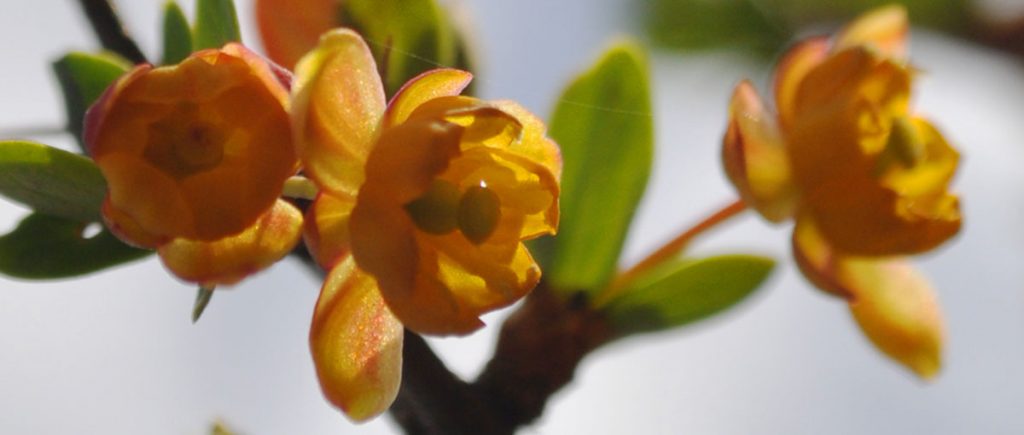
These plants not only support wildlife but also help combat erosion and regulate climate.
Patagonian Fauna: Iconic and endangered species
Patagonia shelters an astonishing array of wildlife, where iconic and endangered species coexist. The puma, elusive and majestic, is the region’s top terrestrial predator and a keystone for ecosystem health. Along the coasts and in the sea, southern right whales and Magellanic penguins draw thousands of visitors each year, promoting responsible tourism and environmental awareness.
Patagonia hosts an astonishing variety of animals, from majestic mammals to migratory birds. Some of the most representative include:
- Puma: The region’s largest feline and a keystone predator.
- Southern right whales and Magellanic penguins: Marine species that attract responsible tourism.
- Andean condor: A symbol of Patagonian skies.
- Huemul: A Patagonian deer endangered, though conservation projects exist. Read more
Soaring overhead, the Andean condor spreads its three-meter wingspan, a symbol of the region’s vastness and freedom. In contrast, the huemul-a critically endangered Patagonian deer-embodies the fragility of local biodiversity. Thankfully, dedicated conservation projects in national parks and private reserves are working to bring this species back from the brink.
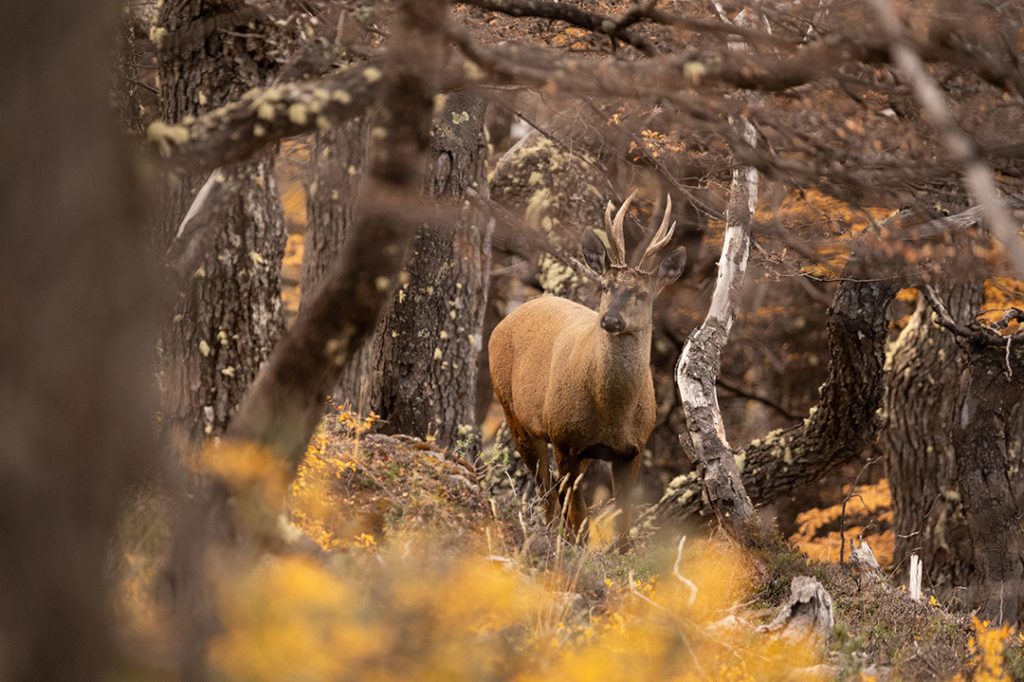
Threats to Patagonian biodiversity
Despite its apparent remoteness, Patagonia faces serious environmental challenges. Climate change is accelerating glacier melt and altering critical habitats, while overgrazing-mainly from sheep farming-degrades soils and reduces native vegetation. The introduction of invasive species like mink and beavers has disrupted aquatic and terrestrial ecosystems, displacing native fauna and transforming the landscape.
- Climate change: Glacier melting and habitat alteration.
- Overgrazing: Soil degradation in the steppe.
- Invasive species: Like minks and beavers that disrupt ecosystems.
Conservation in Patagonia: Key initiatives
Protecting Patagonia is the result of collaboration among government agencies, NGOs, local communities, and passionate scientists. Thanks to this joint effort, significant progress has been made in restoring and preserving this unique territory.
National parks such as Torres del Paine in Chile, and Los Glaciares or Patagonia National Park in Argentina, serve as true wildlife sanctuaries. Rewilding initiatives-including the reintroduction of keystone species like guanacos and condors-are restoring lost balance to these ecosystems. Sustainable tourism, increasingly valued, allows visitors to experience Patagonian beauty while supporting local economies and environmental conservation.
- National Parks: Like Torres del Paine (Chile) and Los Glaciares or Patagonia National Park (Argentina).
- Rewilding projects: Reintroduction of keystone species like guanacos.
- Sustainable tourism: A way to support local economies without harming the environment.
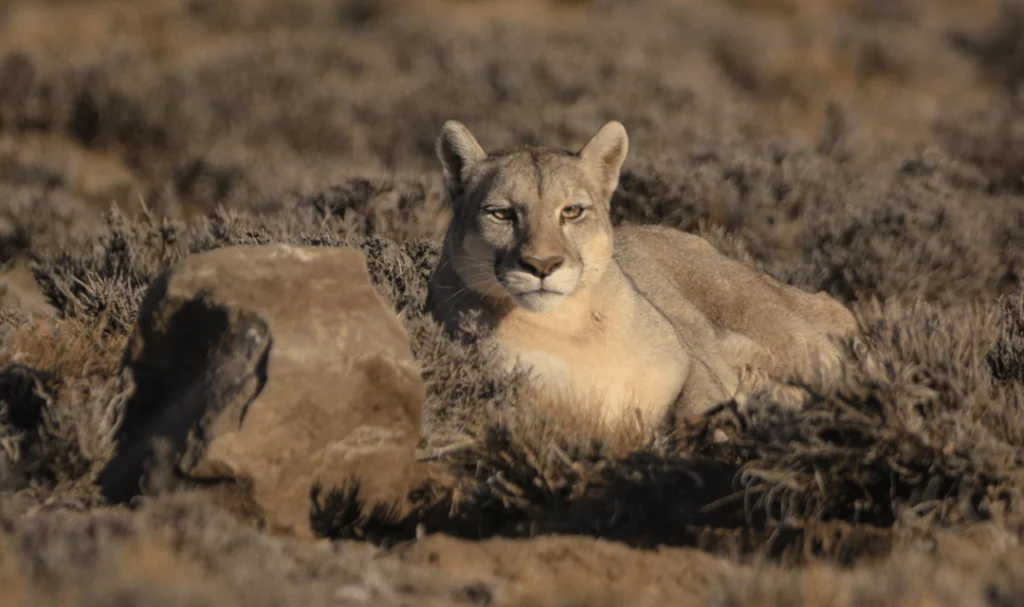
Patagonia: A Future in Our Hands
In these unique times we’re living, it’s essential to understand ourselves as part of this global ecosystem. As a society, we must become more aware than ever of the importance of conserving the biodiversity of our common home. Undoubtedly, a small but significant step is to learn about it, recognizing ourselves as part of it.
Patagonia is much more than a remote destination; it is a mosaic of life, history, and resilience. Its preservation is a global challenge and an opportunity to prove that coexistence between humans and nature is possible. Exploring, protecting, and cherishing Patagonia is, ultimately, a commitment to the future of our planet.
Patagonia’s biodiversity is an invaluable natural heritage, but its future depends on responsible actions. If you’re interested in ecotourism or how to help, explore our sustainable travel resources and guides!

